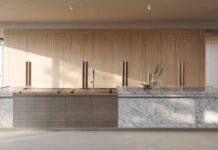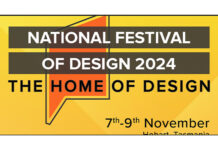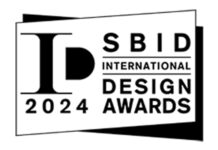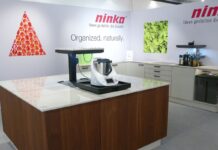In the world of high-end kitchen design, integrating smart technology is no longer a futuristic concept but a present-day reality that elevates functionality, convenience, and luxury. For Australian kitchen designers, incorporating smart appliances, automated systems, and IoT solutions seamlessly into luxury kitchen designs requires a thoughtful approach that balances aesthetics with cutting-edge technology. Here’s how to effectively integrate these elements to create a modern, luxurious kitchen.
Smart Appliances: The Heart of the Modern Kitchen
High-Tech Refrigeration
Smart refrigerators have evolved to become the centrepiece of the modern kitchen. Many brands now offer models with touchscreens, internet connectivity, and interior cameras, allowing homeowners to check contents remotely, manage grocery lists, and even receive recipe suggestions. Integrating these into a luxury kitchen involves selecting models that complement the overall design aesthetic, whether it’s sleek stainless steel or custom panelling that blends seamlessly with cabinetry.

Intelligent Cooking Appliances
Smart ovens and cooktops offer features such as remote monitoring, automated cooking programs, and voice control via virtual assistants like Amazon Alexa or Google Assistant. These appliances not only enhance the cooking experience but also add a touch of sophistication to the kitchen. Designers should focus on integrating these appliances into the kitchen layout in a way that maintains a clean and uncluttered look, possibly through built-in units and minimalist controls.

Automated Systems: Enhancing Convenience and Efficiency
Smart Lighting
Automated lighting systems allow homeowners to adjust lighting levels and colours through voice commands or smartphone apps. In a luxury kitchen, layered lighting can be programmed to create different moods; bright task lighting for prep, cooking and clean up or softer ambient lighting for dining, entertaining or relaxing. Integrating smart lighting involves strategic placement of fixtures and the use of concealed wiring to maintain the kitchen’s sleek design.

Voice-Activated Assistants
Devices such as Amazon Echo or Google Home can control various kitchen appliances and systems. These assistants can be integrated into the kitchen design by placing them in discreet yet accessible locations, such as under cabinets or within island countertops, ensuring they do not disrupt the visual harmony of the space.
Automated Ventilation
Smart rangehoods with sensors that automatically adjust fan speed based on cooking activity ensure optimal air quality and comfort. Many brands offer models that integrate with home automation systems. These can be seamlessly incorporated into the kitchen design by choosing built-in options or custom vent hoods that match the cabinetry.

while an opening upper panel allows for increased suction capacity and directs the dynamic LED light towards the hob.
The powerful brushless motor combines excellent performance with extreme silence. All functions are managed by
tapping the touch controls on the hood, or remotely with a radio control or with the special Dialogue System built into
Falmec hobs.
IoT Solutions: Creating a Connected Kitchen Ecosystem
Centralised Control Systems
A centralised control system can manage all smart appliances and systems from a single interface. This creates a cohesive and user-friendly experience. Designers should consider installing control panels in easily accessible yet unobtrusive locations, such as inside pantry doors or on walls near the kitchen entrance.

Smart Kitchen Faucets
Touchless and voice-activated faucets add both functionality and luxury, and are becoming more popular in our new hygiene-focussed world. These faucets can be integrated seamlessly into the kitchen design by selecting finishes that match other fixtures and maintaining a consistent aesthetic throughout the space.
Integrated Charging Stations
With the proliferation of smart devices, having integrated charging stations in the kitchen is essential. Designers can incorporate wireless charging pads into countertops or create dedicated charging drawers that keep cables out of sight and maintain the kitchen’s streamlined look.

Integrating smart technology into high-end kitchens in Australia involves a delicate balance of innovation and design. By carefully selecting and incorporating smart appliances, automated systems, and IoT solutions, designers can create kitchens that are not only technologically advanced but also visually stunning and user-friendly. These modern kitchens offer unparalleled convenience, efficiency, and luxury, setting a new standard for contemporary living.





























